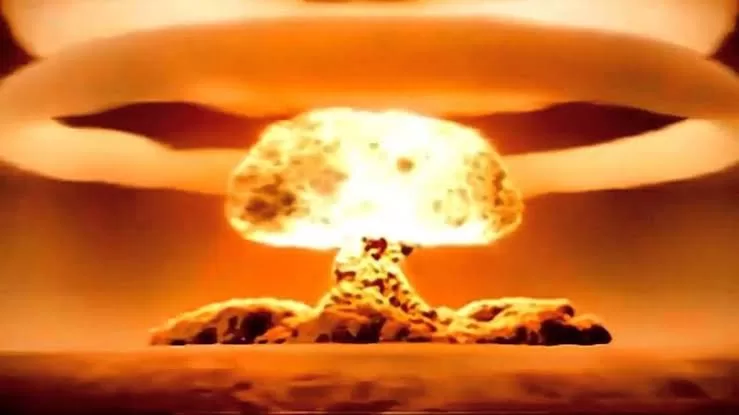A team of Chinese scientists has claimed to have enhanced the safety of the world’s most powerful yet unstable non-nuclear explosive, CL-20. The breakthrough, published in the journal Nature, could lead to the development of new generations of more powerful and efficient weapons and propellants.
CL-20 was first developed in the United States in the 1980s, and is more powerful than TNT by a factor of two. However, it is also very unstable and difficult to handle, which has limited its practical applications.
The Chinese scientists used a new nanotechnology to synthesize CL-20 composites with ultra high stability. This means that the explosive is less likely to detonate accidentally, making it safer to handle and transport.
The breakthrough could have significant implications for the development of new weapons and propellants. CL-20 could be used to make more powerful bombs and missiles, or to develop more efficient rocket engines.
The Chinese scientists’ claim has been met with skepticism by some experts, who say that the technology is still in its early stages and that it is not yet clear how it could be used in practical applications. However, the breakthrough is a significant step forward in the development of CL-20, and could lead to the development of new and more powerful weapons in the future.
The development of CL-20 is also likely to have a significant impact on the global arms race. China is already a major military power, and the development of new and more powerful weapons could further increase its military capabilities. This could lead to increased tensions between China and the United States, as well as other major powers.
The development of CL-20 is a reminder of the dangers of the arms race. As countries develop new and more powerful weapons, the risk of conflict increases. It is important for all countries to work together to reduce tensions and to prevent the development of new weapons that could lead to war.

